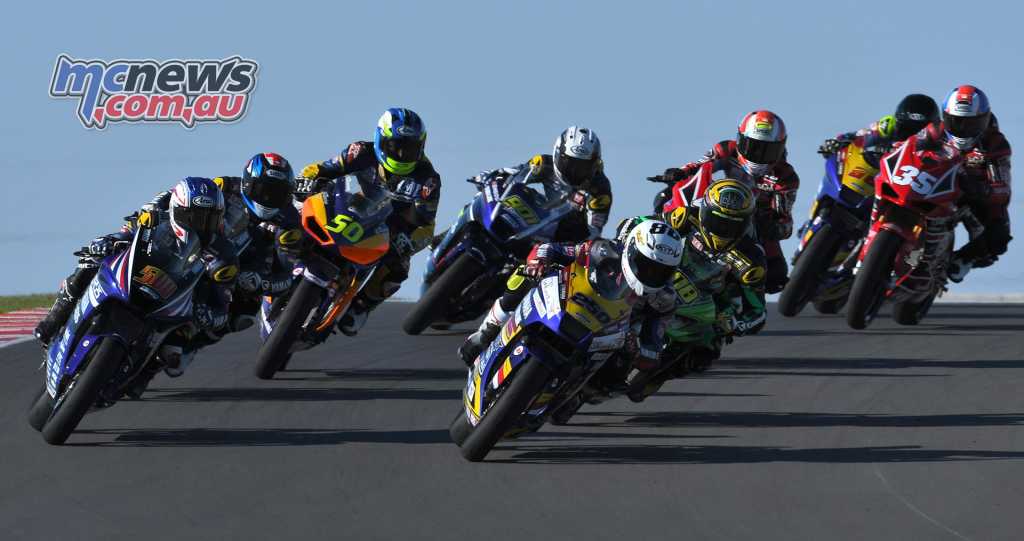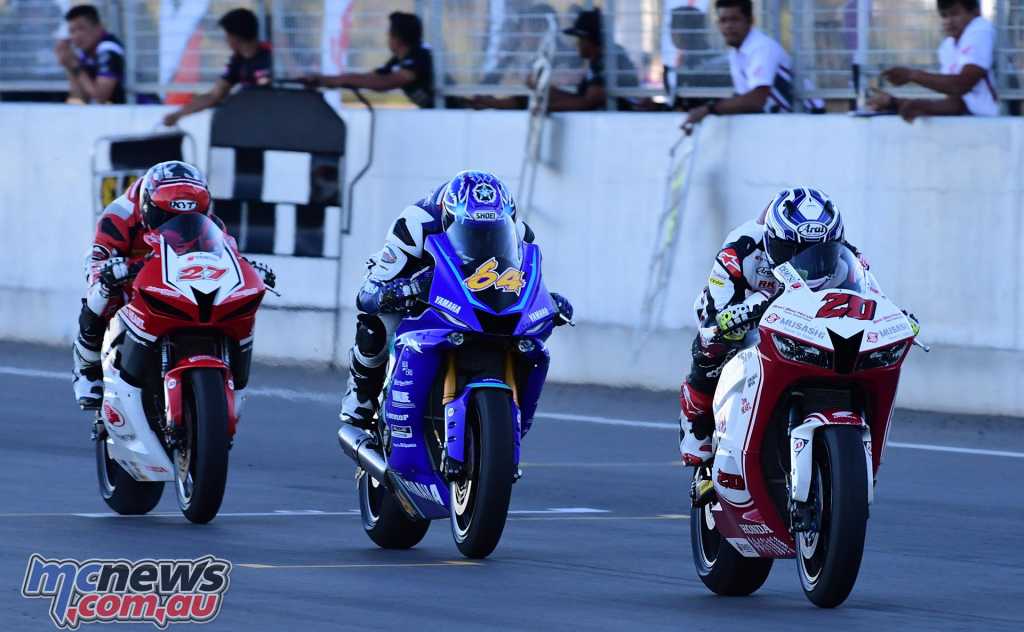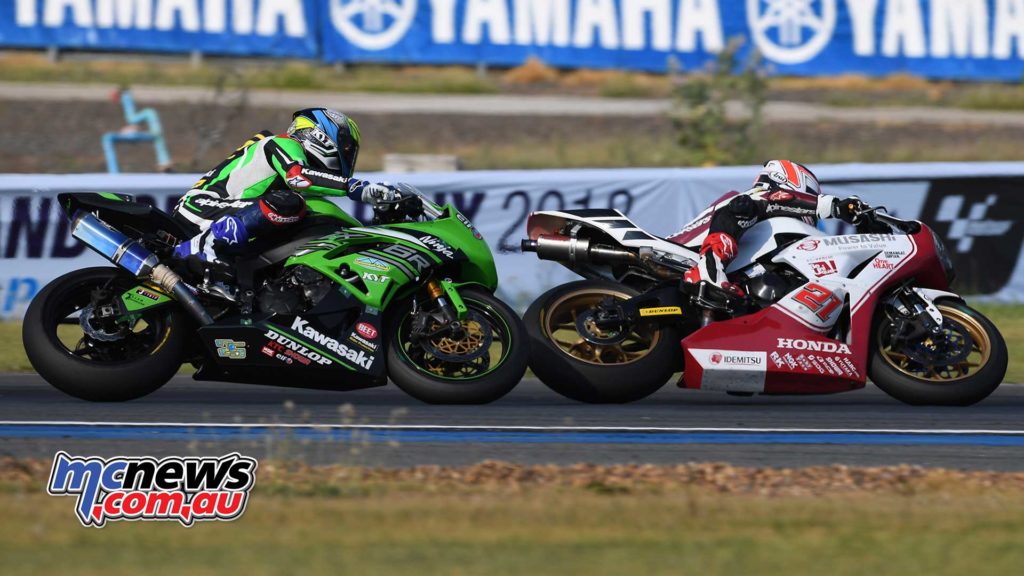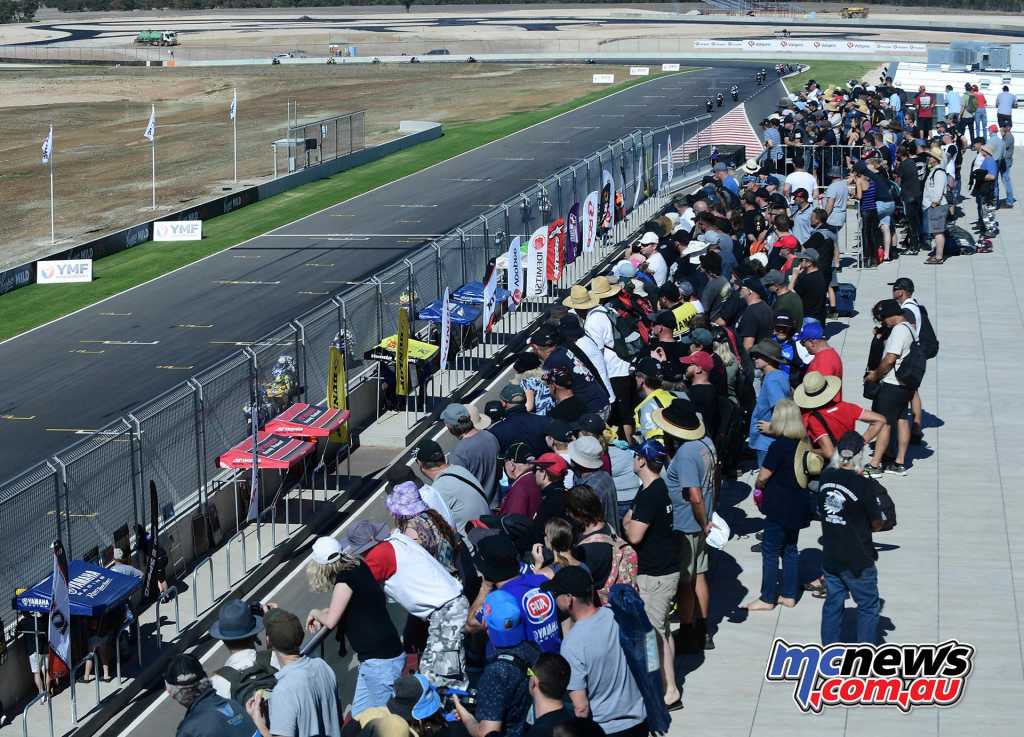ASBK and ARRC tie-ups could prove beneficial to all
After years of planning and months of intense preparation the Asia Road Racing Championship (ARRC) successfully united with ASBK at The Bend Motorsport Park to pull off a dramatic four day show that enthralled fans, despite competing for hearts and eyeballs with MotoGP, World Superbikes, AMA Supercross and EWC at Le Mans over the same weekend.

It was a coming convergence of technical regulations between ARRC and ASBK, together with the opening of Australia’s newest international circuit that seemed finally to trigger the initiative to make it happen. Both series are riding high, with big name riders, factory supported teams and millions of fans, so the hook-up and ARRC’s decision to take the plunge down under in 2018 made a lot of sense.
The big technical change for ARRC will be the move from Supersports 600cc, which has been its premier category for 18 years, to 1000cc Superbikes in 2019. Market forces from showrooms in Asia long made the move inevitable, while the close competitive thrills of ARRC Supersport made it difficult to let it go.

ARRC’s draft regulations are broadly in line with ASBK’s, so a future with more riders competing in both championships is very much on the cards. That kind of cross-fertilisation has been routine for many years between ARRC and the All-Japan championship. The recent resurgence of ASBK makes it feasible for Asian riders to compete in Australia, and for more senior ASBK riders to join Anthony West on the race tracks of Asia.
The overriding factor that points to the future health of both ASBK and ARRC is a product of their success. Both series have structures that could rival the CEV and CIV in Europe, developing riders capable of competing in world championships, creating a growing pool of elite riders jostling for a finite number of places in MotoGP and World Superbike. It is something that has long contributed to the health of British Superbike, All Japan, MotoAmerica and others.
Since its recent resurgence, ASBK has got to the stage where it is capable of attracting foreign riders, while the continental option offered by ARRC provides further opportunities. The prospect of seeing Azlan Shah and Ratthapong Wilairot competing head-to-head with Troy Herfoss and Wayne Maxwell is one that will raise the game for both series.

If that is where the future is heading, ARRC, ASBK and FIM’s Asian and Oceanic teams can be pleased with how successful their first step turned out to be. In a weekend when so much history was made, it seems appropriate that it all took place as the first ever major event at The Bend Motorsport Park. The project is impressive by any measure, but what really mattered for those watching are the challenges that the crests, curves and contours of the 4.95 kilometre configuration for this event presented to the riders. Although built to modern safety standards, this new ribbon of asphalt is one that punishes errors in lost time, places and, as perhaps too many found out over the weekend, broken bikes and bones.
Motorcycling Australia President, and former GP and World Superbike star, Peter Goddard, summed up the first of what might be many weekends that witness ASBK and ARRC together at the same event.
“What a great facility we have at The Bend. It was good to see the overall level of ARRC: it is very professional and there are some good ideas there for our guys. It was good to see the two series together at a brand new track that seems to be really well designed. There are lots of options, but it’s very much a rider’s track and not just a car track, as you often see with new circuits.
“For sure there were issues with the track with it being so new and there were many firsts to deal with, and coordinate between the two series. In general it was a fantastic weekend and we look forward to continuing this collaboration over the next two years and hopefully beyond. The success of the event comes from the people who dedicated their time and efforts to making it work and that is everyone involved!”
























